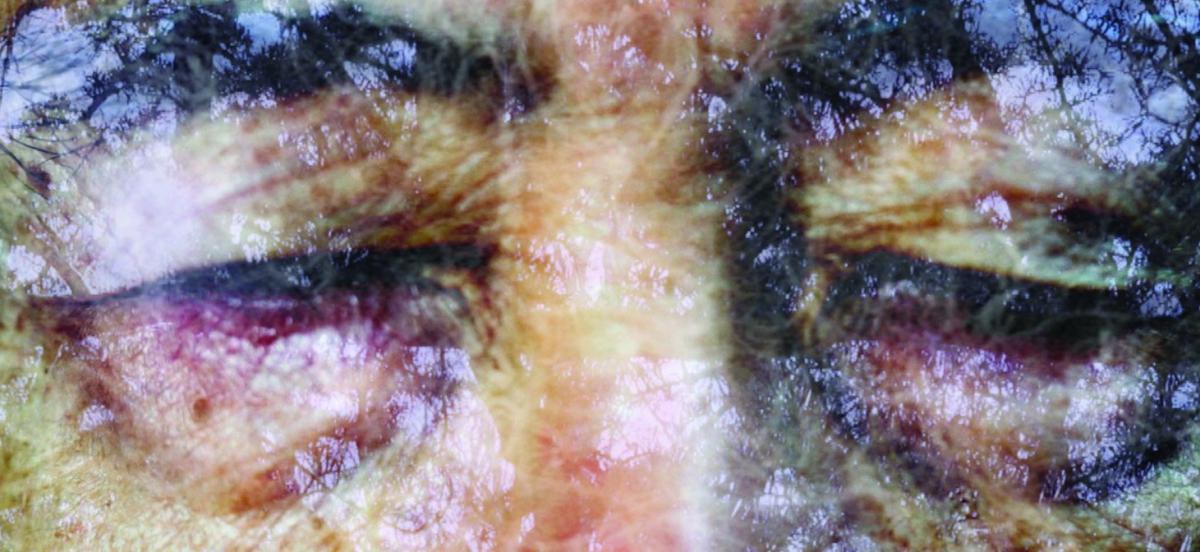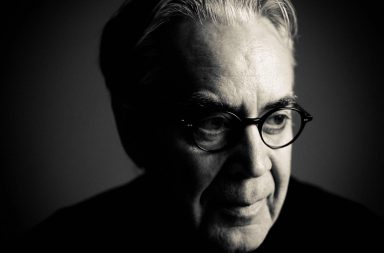You might have noticed Alexandre Desplat’s absence at both the Oscars and the César ceremonies, where he was nominated respectively for Isle of Dogs and The Sisters Brothers. And there is a good reason to that: the French composer was preparing the world premiere of his first chamber opera, En Silence, based on a short story by Japanese writer and Nobel Prize winner Yasunari Kawabata, which opened on February 26th, 2019 at the Grand Theatre of the City of Luxembourg.
What makes Alexandre Desplat’s art so strong and at the same time so elusive, is his ability to meddle with any genre and any sensibility. Take, for instance, three of his most recent, acclaimed compositions for film: the Oscar-winning score for The Shape of Water, The Sisters Brothers and Isle of Dogs. Guillermo Del Toro’s fantasy story lives up to its airy, elegant score tinged with romanticism – Desplat even inserted hints of interwar period French music – while Jacques Audiard’s western benefits from strings-heavy compositions that have little in common with classic western scores from, say, Ennio Morricone or the films of John Ford.,Yet, the score stays true to the genre through its orchestration and furtive reminiscences, such as the presence of a jumping tack piano like the ones you see in classic saloon scenes, and percussions that brilliantly illustrate fear and violence, maybe even symbolising the imminence of the Civil War. And with Wes Anderson’s eccentric stop-motion feature, Desplat dives into Japanese music with one of his most unsettling yet joyful scores, taking his inspiration from Kurosawa and Mizoguchi’s film scores. My whole point is, there is very little in common between these three scores, just like it is the case with most of Desplat’s work for film (more than 150 scores, no less!), except for the facts that they always show a great deal of quality and they come out from the same versatile mind.
With all this in mind, it is clear that you’ll never really know what to expect from him. His latest work, En Silence, is a chamber opera – the first ever from the composer – based on a short story by Yasunari Kawabata, a Nobel Prize-winning Japanese writer whose work is dear to Desplat and En Silence’s director and co-writer Dominique ‘Solrey’ Lemonnier, Desplat’s muse and wife. The opera follows the story of Mita (bass-baritone singer Mikhail Timoshenko), a young disciple who visits his master, old genius writer Omiya Akifusa (Sava Lolov) who has now become completely silent, no words come from him (spoken or written), and who lives with his devoted daughter Tomiko (Camille Poul). Through these characters, Desplat raises the questions of creative and personal transmission, creation, memory, imagination, legacy and… language, therefore silence.
En Silence is a unique piece that reflects Desplat’s boundless fascination for Japanese culture, mixing tradition and modernism, as the presence of the musicians at the back of the stage, a contemporaneous music ensemble – Luxembourg ensemble United Instruments of Lucilin – which plays in the traditional Gagaku formation – three groups of three musicians playing the same instrument, respectively the flute, the clarinet and strings, supplemented by a percussionist – can attest. Rather than paying homage to Japanese music and culture through its compositions, En Silence draws its force from its libretto and the singularity of its interpretation, which make it all the more erudite as it is built on several narrative layers that come in a variety of forms.
There is, of course, the stage, a place out of space and time, in which the three actors – and hardly any other characters – evolve. Or should I say, in which they float, as ghostly manifestations deprived of their own bodies would do, only existing through, at one end, the lyrical singing (Tomiko), and at the other end, silence (Akifusa). Lonely Mita, the only character the spectator can rely to, seems to land in this familiar yet completely estranged environment, but he becomes progressively possessed by it, and his transformation culminates towards the end, in the third act, when it bursts into a chilling demonstration of delirium.
Since at the very heart of Desplat and Solrey’s opera is the art of writing, literature also plays an important part in it. Is the Master silent because he cannot write, or is it because he does not want to? Why are Mita and Tomiko so obsessed with him writing one last book, or at least one last sentence? Writing is the art of transposing one’s memories, whether they are altered or enriched by the writer. In that sense, Akifusa’s silence in writing is directly linked to his catatonic behaviour. And rather than getting out of this situation by trying to create a future new masterpiece, he sinks deeper and deeper in his past works, so much so that his whole life resembles one of his books. Halfway through the play, in the middle of the second act, we get an insight into Akifusa’s book ‘A Mother’s Reading’, the story of a young boy in a psychiatric hospital who spends his day reading blank pages, believing he is writing a novel. Each day when his mother visits him, he asks her to read him the story. And she does. She makes up a story, progressively believing that she is actually reading words. This scene is incomparably the most powerful of the whole opera’s 80 minutes, in which Desplat and Solrey express with raw emotion and in a handful of minutes the beauty and intensity of Akifusa’s writing abilities, now lost in silence.
Finally, En Silence also features video art, with videos directed by Solrey and preexisting material. If, in the opening and the closing car scenes, the purpose of the video is mainly illustrative – the taxi drives through a tunnel located under a crematorium and haunted by the ghost of a woman – it adds to this ghostly sensation during the rest of the play. It gives another depth to the minimalist setting while making the narration breathe, oddly at times. While we never see Akifusa – the actor is always standing or sitting with his back to the audience – the video allows us to see his eyes, often closed. And through them, we get close to his quest for beauty, for nature, for inner peace. But we never quite know what Akifusa really stares at all day long. Is it the baseball game airing on TV, in front of which he is unresponsive? Or is it the musicians, sitting behind a close yet unattainable white veil, wearing baroque, coloured costumes which evoke this idea of perfection that the old, silent writer will never reach again in his art?
Alexandre Desplat and Solrey create a curious chamber opera, that certainly resembles nothing you have seen before. Probably because it is profoundly rooted in a culture the authors have a savant knowledge of, a culture to which we do not own all the keys. Airy, subtle and graceful, their proposition is quite bold, located somewhere in an inaccessible place between narration and lyricism, between the real and the uncanny. Between noise and silence.
En silence: Saturday 2 and Sunday 3 March 2018, Théâtre des Bouffes du Nord, Paris
Written by Valentin Maniglia. Edited by Marine Wong Kwok Chuen.



